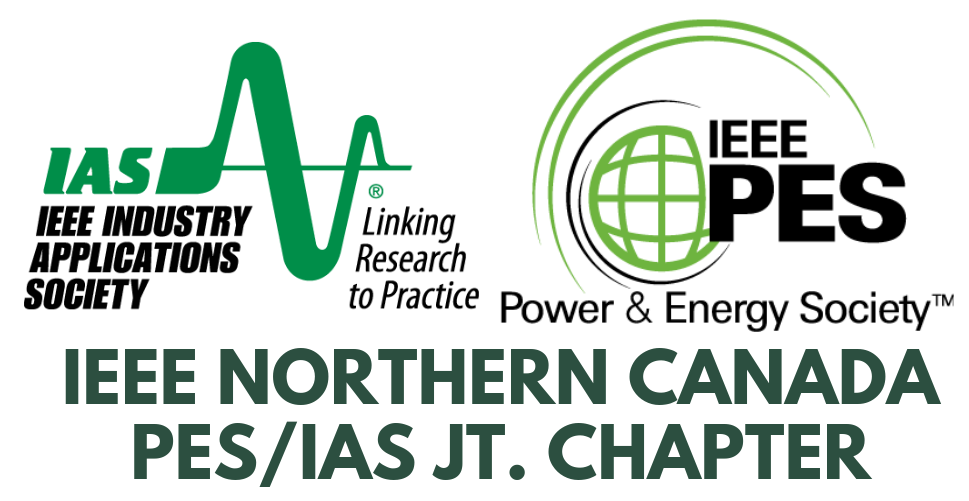IEEE Recommended Practice for Motor Protection in Industrial and Commercial Power Systems: Overview and What’s New!
IEEE-NCS, IAS/PES Presents
Tuesday, May 16th, 2017, 6:00 to 8:30pm, doors open at 5:30pm
IEEE Recommended Practice for Motor Protection in Industrial and Commercial Power Systems: Overview and What’s New!
Presented By: Lorraine K. Padden, PE and John A. Kay, C.E.T.
Technical Seminar Abstract:
IEEE Std. 3004.8 covers the protection of motors used in industrial and commercial power systems. It is likely to be of greatest value to the power-oriented engineer with limited experience in the area of protection and control. It can also be an aid to all engineers responsible for the electrical design of industrial and commercial power systems. This recommended practice is an update to IEEE Std 242-2001 (Buff Book) chapter 10. A general update was made to the material from chapter 10 of the Buff Book. Material added or expanded includes details for reduced-voltage motor starting, recommended protection functions using multifunction motor protection relays for contactor controlled fused starters and breaker controlled starters along with single-line and three-line diagrams, adjustable speed drive applications, DC motor protection, motor bus transfer, partial discharge monitoring, and a detailed example of motor protection using a multifunction motor protection relay.
• A general overview will be presented highlighting the practical use of the recommended practice for selecting typical motor protection for low voltage and medium voltage motors.
• The use of multifunction motor protection relays is common place and the key setting differences will be highlighted for MV motors with contactor controlled fused starters vs. breaker controlled starters. Misapplication of protective settings can be detrimental to equipment and personnel.
• Protecting motors powered by Adjustable Speed Drives can be challenging. These challenges and recommended protection functions will be presented.
• Thought leaders in motor protection are identifying methods to detect motor problems prior to motor failure. These methods include vibration, winding temperature, on-line partial discharge, and others covered in the recommended practice.
• Information on reduced-voltage starting, motor bus transfer, applications in hazardous (classified) locations, and arc flash hazards for motors will be discussed.




